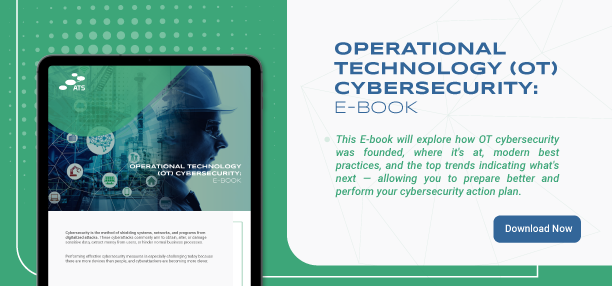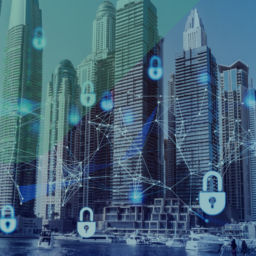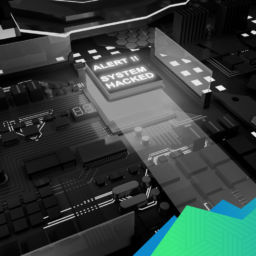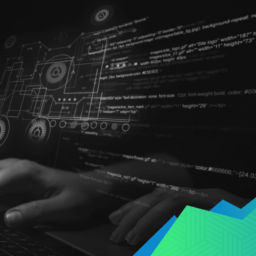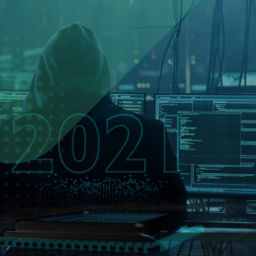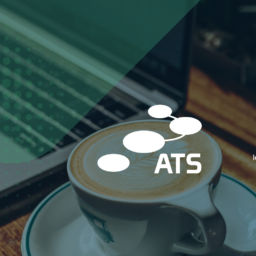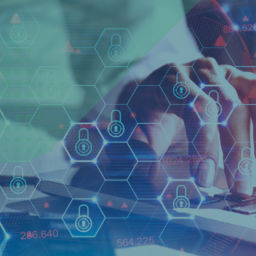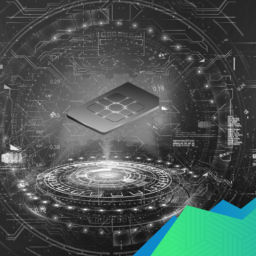Top 10 OT Cyber Security Actions to Protect Critical Infrastructures from a Cyber Pandemic
Critical infrastructure is described both physically and digitally as the root systems, assets, and strategic networks that are so critical to a country that their collapse could weaken physical safety, continuity of the economy, interruption, or national public health system.
Why is protecting critical infrastructure crucial?
A paramount target for cyber attackers has been the Operational Technology (OT) networks which link the Industrial Control Systems (ICS) that control the critical infrastructure. As services like water treatment facilities, power grids, transportation, and healthcare systems increasingly combine their operational technology systems with the internet of things (IoT) – for example, through remote sensors and monitoring – this makes a new frontier of risks where hackers can manipulate millions more exposure points and new vectors.
These cyber-attacks have massive drifts on businesses, communities, cities, states, and the entire nation. The outcomes can be alarming. In April 2020, digital hackers targeted Israel’s water treatment facilities through their IoT system, which allowed them to change the water’s water pressure, temperature, and chlorine levels. If the ransomware had completely succeeded, this could have led to whole residents becoming ill from the water supply or initiating a failsafe, which would have left thousands of people without water completely.
How are hackers exploiting IoT systems?
IoT machines and interconnected systems can be a considerable security risk for critical infrastructure services when security best techniques are not executed, as they come with a few inherent drawbacks:
- Absence of standardization in cybersecurity approaches across the supply chain directs to more significant vulnerability.
- Weak security protocols and designs, including vulnerable passwords and patching practices.
- Outdated and baseless firmware, architecture, and software.
- Attack surface that rises with the number of interconnected machines.
As an outcome, there are several ways for cyber pirates to manipulate these machines and either perform attacks on greater targets or move laterally to damage mission-critical systems and rob data of customers and employees, intellectual property, or other sensitive assets.

Cyber Threat Trends in the UAE
In 2018, an industry report discovered that the UAE is the second most targeted country worldwide for cybercrime, sustaining USD 1.4bn in yearly losses. The rich nation-states, such as the UAE, generally suffer elevated cybercrime losses in comparison to other nations because threat actors assume such countries as lucrative prey for ransom and other economically driven actions. Additionally, the UAE was also the prey of cyberterrorism in 2020 – even though cyber attackers’ action has been dropping since 2016 and attacker’s groups have lost media traction.
Research also reveals that nation-state cyber attackers have become more functional between 2017 and 2020, with considerable time and resources dedicated to elevating their interests. These attackers are not only increasing in number, but they are also becoming more sophisticated and are increasingly more difficult to pinpoint. In particular, the UAE and the wider Middle East are steady targets of nation-state actions caused by financial and political bases.
ATS can be your best pick to help you protect your critical infrastructure from the cyber pandemic. It is a top-notch organization and one of the OT Cyber Security System Integrators in the UAE and Middle East region, with over 400+ projects completed in the country and other parts of the Middle East.
Importance of Threat Prevention in Critical Infrastructure Sectors
Cyberattacks on critical infrastructures can substantially impact the economy, especially when targeted in the conflict between countries. Securing these systems is not a matter of fully retreating back to physical access but a matter of comprehending how internet-connected control systems operate, are configured and accessed. Visibility and management are essential in beefing up safety for SCADA systems. Still, security and IT experts must be aware of the threats and set security controls to lessen the impact of a possible cyberattack and raise the cost of attack for cyber attackers.
Deploying a layered security solution for endpoints that implicates both proactive and reactive security technologies enriched by machine learning, as well as depending on next-generation EDR (Endpoint Detection and Response) technologies that can warn SOC units of possible signs of a data violation, can boost the safety posture for critical infrastructures.
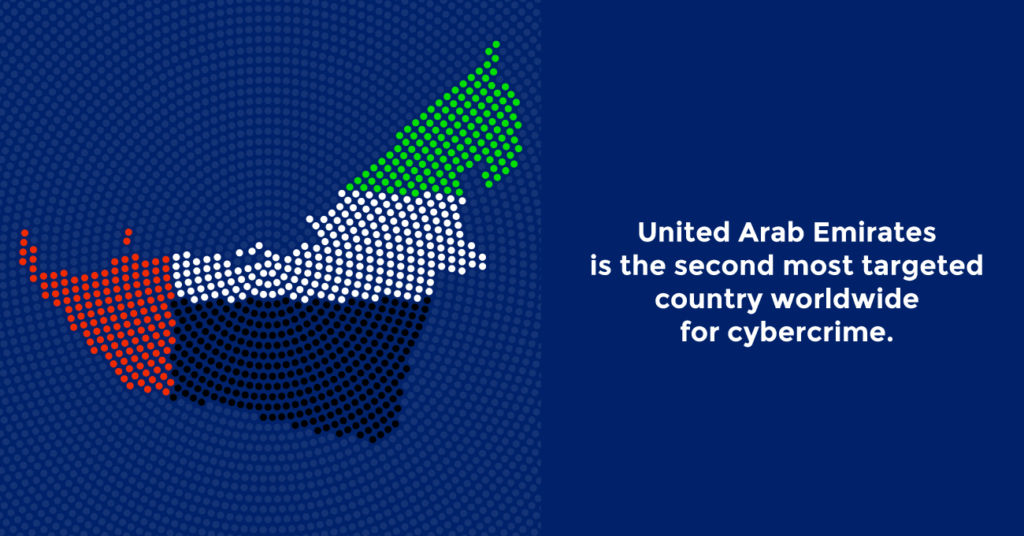
10 OT Cyber Security Actions to Protect Critical Infrastructure from a Cyber Pandemic.
1. Train your company employees
Whether critical infrastructure or not, every company should enforce comprehensive security awareness and training sessions for their employees. While it’s natural to think of cyberthreats as technical challenges that even better technical solutions can defeat, a 2017 report revealed that over 43% of data violations last year depended on social attacks such as phishing or watering holes. The huge number of attacks could be prevented simply by training employees not to click on links or attachments of unknown sources.
2. Maintain a precise inventory of the system assets
Critical infrastructure operators need to look at their IT and OT networks entirely and create a detailed map of all assets (hardware and software) linked to the internet, including their industrial control systems.

3. Keep your system updated
Often, cyber-attacks happen because the systems or software aren’t updated regularly, leaving flaws. Hackers use these flaws to gain access to the critical infrastructure network. Once they are in – it’s usually too late to take preventive measures.
To prevent this, it’s clever to invest in patch management, which will handle all software and system updates, keeping the system resilient and updated.
4. Be proactive
Cyber security should never be considered something as “set and forget.” In a rapidly transforming cyber environment, new threats can quickly emerge. For this cause, critical infrastructure security units should constantly strive to recognize new risks. Penetration testing, wherein outside consultants work as black-hat hackers, can help security units recognize risks.
Additionally, many cybersecurity companies now offer easily installed AI-based solutions that continually analyze networks for vulnerabilities, allowing security units to recognize and repair new vulnerabilities in real-time.
5. Zero-trust strategy
Critical infrastructure operators must adopt a “zero-trust” strategy. It means looking at every machine in their networks and quantifying the chance of it being breached, as well as the damage a successful cyberattack might drive. Lowering the threat will, at least, need altering many employees’ benefits such as administrative authority or access to data. It may even mean fully detaching some industrial control systems from the IT network.
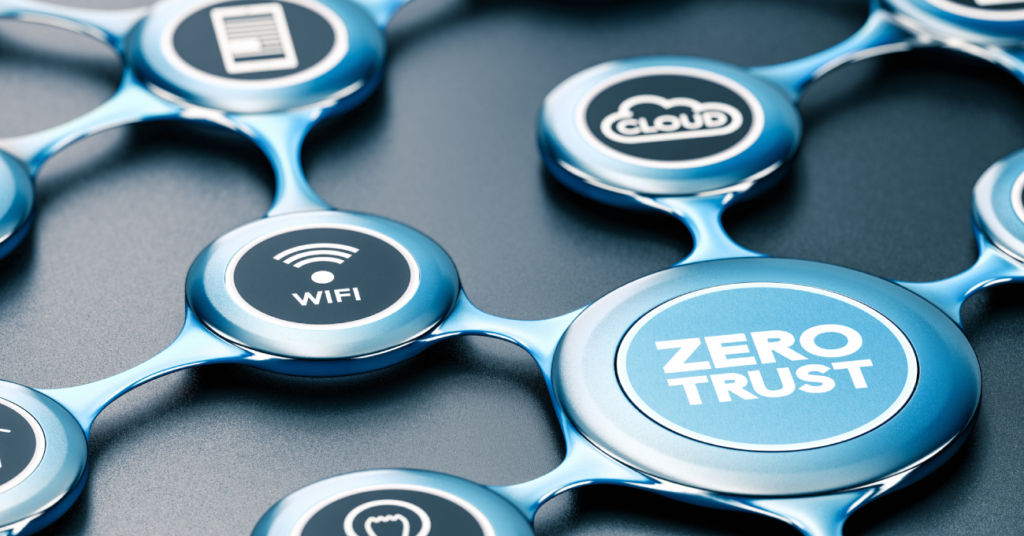
6. Wifi security
Who doesn’t have a wifi-enabled machine in 2022? And that’s just the risk; any machine can get the possibility of digital attacks by linking to a network. If this infected machine connects to the company network, the whole system is at severe risk.
Securing the wifi networks and hiding them is one of the major secure things that can be done for the systems.
7. Passwords
Having weak passwords set up for everything can be risky. It becomes easy for digital hackers to guess the passwords and corrupt the system.
Having strong and different passwords set up for every application used is a real benefit to the security. Changing them frequently will hold a high level of security against external and internal threats
8. Install a firewall
Putting the critical infrastructure network behind a firewall is one of the most practical ways to defend the company from any cyber-attack. The firewall system will restrict any brute force attacks on the network and systems before the damage.
9. Create and enforce guidelines on mobile devices
The increase of laptops, tablets, smartphones and other mobile gadgets in the workplace delivers major security challenges. It’s vital to develop guidelines on the reasonable limitations of mobile devices in the office and on the company networks. These actions should be rigorously enforced for all employees. Devices should also be password protected to allow only authorized users to log in. Otherwise, an unauthorized user can access restricted networks and data using an authorized user’s device.
Similarly, employees should avoid or be careful about using devices that do not belong to them. They cannot ensure these are adequately protected or comply with the policy. Such devices may be infected, and using them could put the data and networks access at risk.
10. Hire an industry expert
It’s better to hire a cyber security vendor or a consultant to protect the company’s critical infrastructure from the cyber pandemic. A company like ATS can be an asset for securing the company’s assets from digital attacks.
It can be challenging to know where to start to protect the critical infrastructure from cyber crime and cyber attacks. There’s so much information out there that it can become overwhelming, especially when the info is conflicting. Hence, ATS is pleased to share with you a collection of critical data, procedures, and terminologies in an extensive eBook about OT Cyber Security entitled “ATS Operational Technology (OT) Cyber Security eBook.” Find more about OT cyber security in this new eBook from ATS. You can also check out the recent ATS Coffee Break Session that was done in January about the ATS OT Cyber Security eBook on BrightTalk. Click here to watch the replay after registering on BrightTalk.


